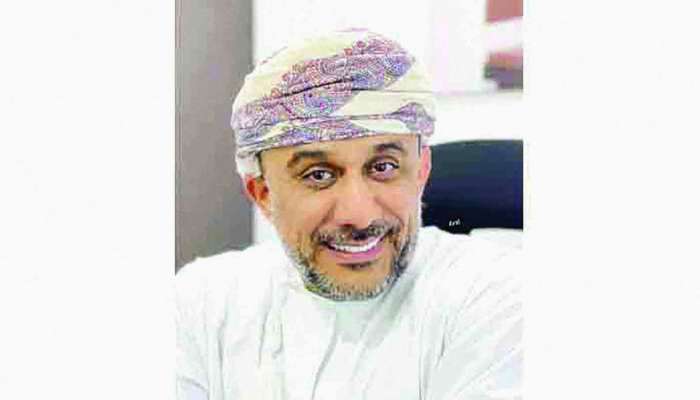
Muscat, forever bathed in the light of peace, has once again drawn the world’s gaze. A third round of indirect talks between Iran and the United States has just concluded in the Omani capital, reaffirming Oman’s rare talent for softening hard positions, narrowing distances and persuading both sides that trust, not discord, will ultimately decide whether hands clasp before official cameras and ink dries on a final accord.
A fourth high-level meeting is tentatively set for 3 May, possibly in Rome for logistical convenience yet still under Omani auspices. Its purpose is to build on hard-won momentum, dispel the remaining fears harboured by each side and remind all parties that, as the Qur’an counsels, leaning toward peace is safer for the region and the wider world than a conflict whose first spark could race far beyond anyone’s control.
At the very heart of the tunnel now lies the most sensitive file of all: Iran’s nuclear programme. Tehran insists on its sovereign right to peaceful nuclear energy, while Washington fears any path that could lead to a weapon. The coming round may include specialists from the International Atomic Energy Agency, opening the door for Iran to accept rigorous inspections and cap enrichment at internationally acceptable levels.
The road ahead is neither easy nor strewn with roses, yet Oman advances with its trademark calm, deep understanding and patience, just as its geography bridges East and West. By shelving side issues, focusing dialogue and stacking bricks of confidence one upon another, Muscat has already melted ice that had thickened over years. Now that a wall of trust has begun to rise, both delegations have agreed, in Qur’anic words, “so ask about Him one well informed.” The discerning eyes of technical experts could help diplomats reach their strategic goals, crafting an agreement born of peace rather than hostility and carried on the optimism the world so urgently needs.
To be continued…
* The writer is a media personality and a visiting lecturer at the University of Cambridge